Five things we want from the Amazon tablet
Amazon are going to have a tablet out and soon, according to reports. We have a wish list for the device developers - let's hope they can deliver.


Copying others doesn't just constrain a company to others' frameworks, it presents legal issues too. As we've seen in the case of Apple vs. Samsung, creating devices that have any similarity might be more than a tad problematic.
Not only are there legal costs to contend with, vendors can have their devices banned from sale altogether, even if it's just one tiny feature that infringes on a patent.
If the device launches without any patent problems during Amazon's teething stage in the tablet market, the Kindle tablet has a much greater chance of success.
For the sake of its own wellbeing, and for the market itself, Amazon needs to stay away from the patent wars. To do this, it will need to keep a close eye on the plethora of court cases involving Android right now.
One necessary first step will be in removing the feature in Android which was infringed on by Samsung's Galaxy Tab. If the device launches without any patent problems during Amazon's teething stage in the tablet market, the Kindle has a much greater chance of success.
Again, for business users, it means wider and (hopefully) better choice.
Low entry-level cost
Sign up today and you will receive a free copy of our Future Focus 2025 report - the leading guidance on AI, cybersecurity and other IT challenges as per 700+ senior executives
Many tablet manufacturers have shot themselves in the foot with pricing. As HP showed with the fire sale of TouchPad devices, offering consumers a tablet at a low price will attract punters in their droves.
All Amazon has to do is produce a low-price entry-level device for the typical consumer as well as a high-end, pricier equivalent for the power-hungry business user.
It sounds simple, but few manufacturers have adopted the model, instead opting to produce a range of similar devices, the difference between each one only being in the 3G and capacity specs.
Why not offer some really exciting additions in a premium model, whilst ensuring the low-end offering does enough to keep the average tech user happy? It's another area where Amazon can set itself apart, not pander to the Apple way of thinking.
Tom Brewster is currently an associate editor at Forbes and an award-winning journalist who covers cyber security, surveillance, and privacy. Starting his career at ITPro as a staff writer and working up to a senior staff writer role, Tom has been covering the tech industry for more than ten years and is considered one of the leading journalists in his specialism.
He is a proud alum of the University of Sheffield where he secured an undergraduate degree in English Literature before undertaking a certification from General Assembly in web development.
-
 I couldn’t escape the iPhone 17 Pro this year – and it’s about time we redefined business phones
I couldn’t escape the iPhone 17 Pro this year – and it’s about time we redefined business phonesOpinion ITPro is back on smartphone reviews, as they grow more and more intertwined with our work-life balance
-
 When everything connects, everything’s at risk
When everything connects, everything’s at riskIndustry Insights Growing IoT complexity demands dynamic, automated security for visibility, compliance, and resilience
-
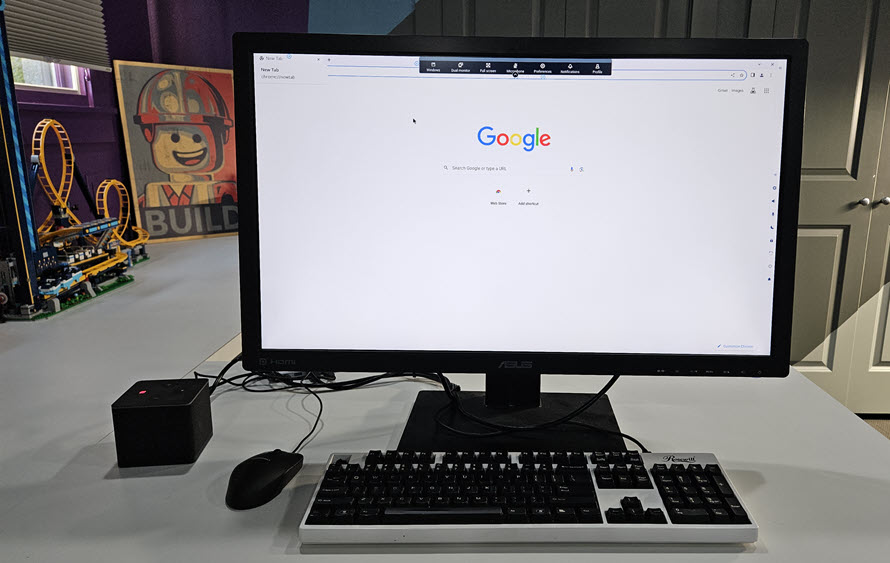 Amazon’s Thin Client for business is an IT department’s dream
Amazon’s Thin Client for business is an IT department’s dreamOpinion This upgraded TV Cube is the affordable answer to hybrid work devices we’ve been searching for
-
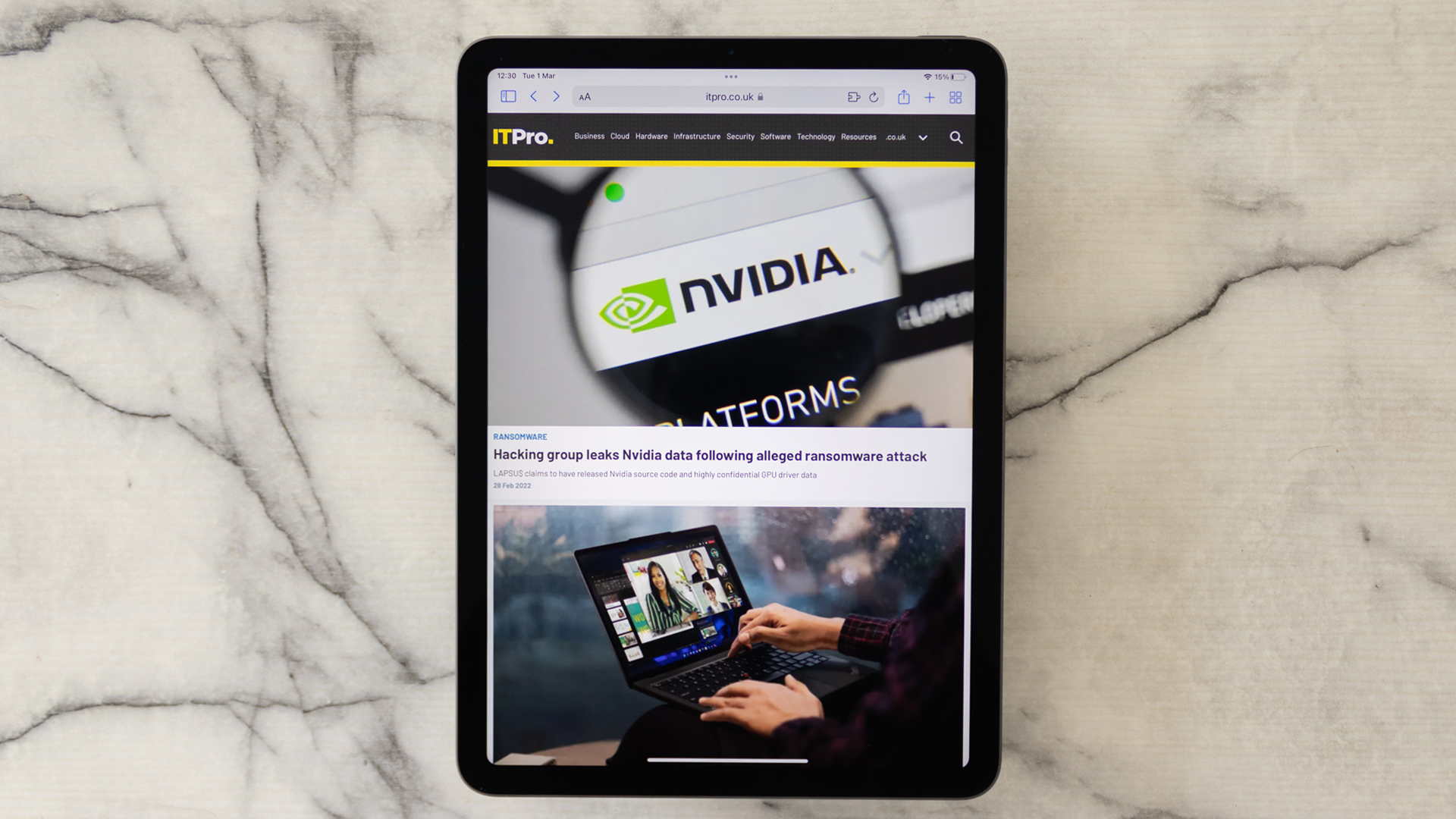 Apple iPad Air (2020) review: The executive’s choice
Apple iPad Air (2020) review: The executive’s choiceReviews With the iPad Air’s most recent redesign, Apple has delivered the best bang-for-buck tablet money can buy
-
 In praise of the early adopters
In praise of the early adoptersOpinion The IT industry needs early adopters like you – and tech that fell by the wayside should still be celebrated
-
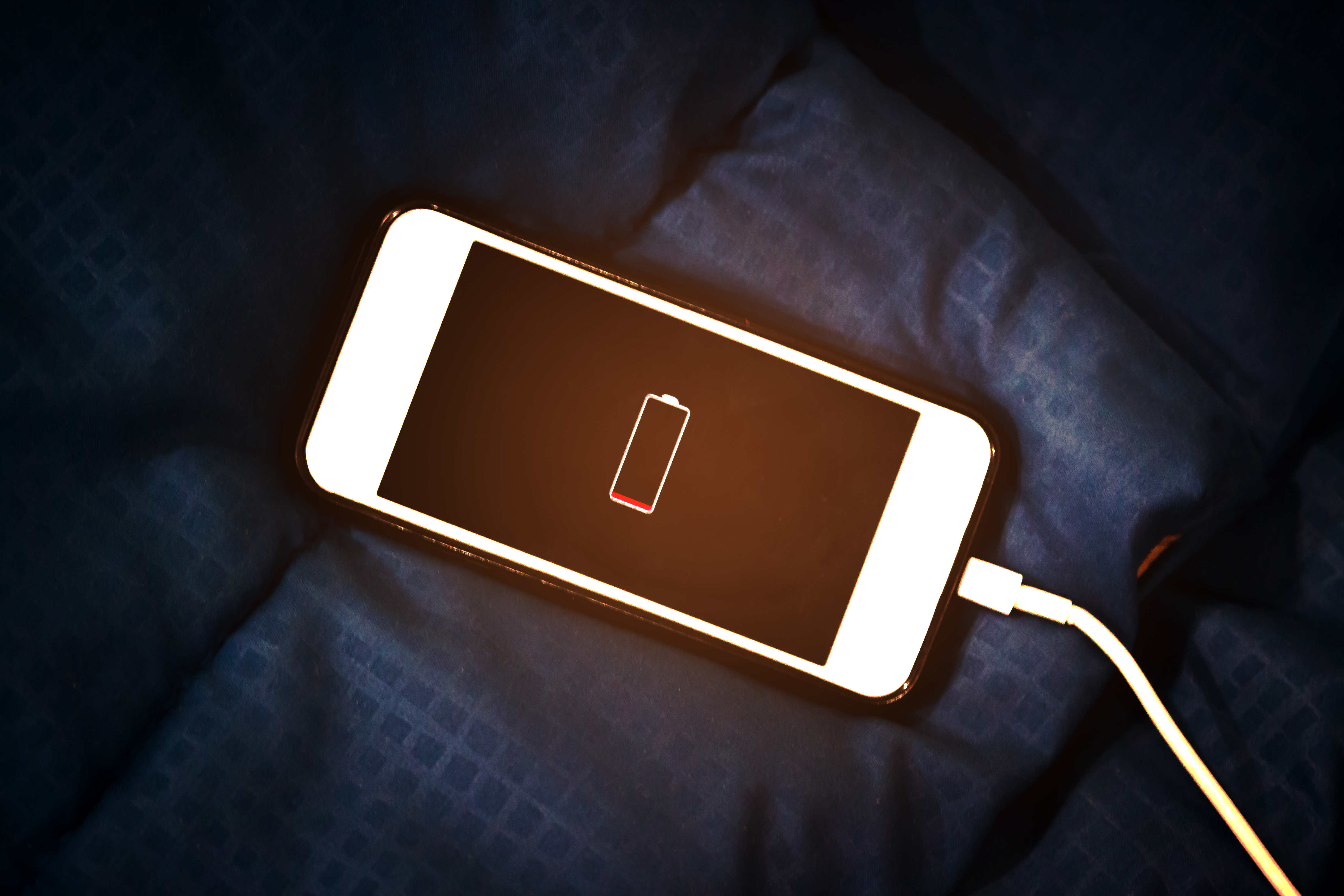 Apple is experimenting with attention sensors to save battery life
Apple is experimenting with attention sensors to save battery lifeNews Your next Apple device may shut down if you are not paying attention to it
-
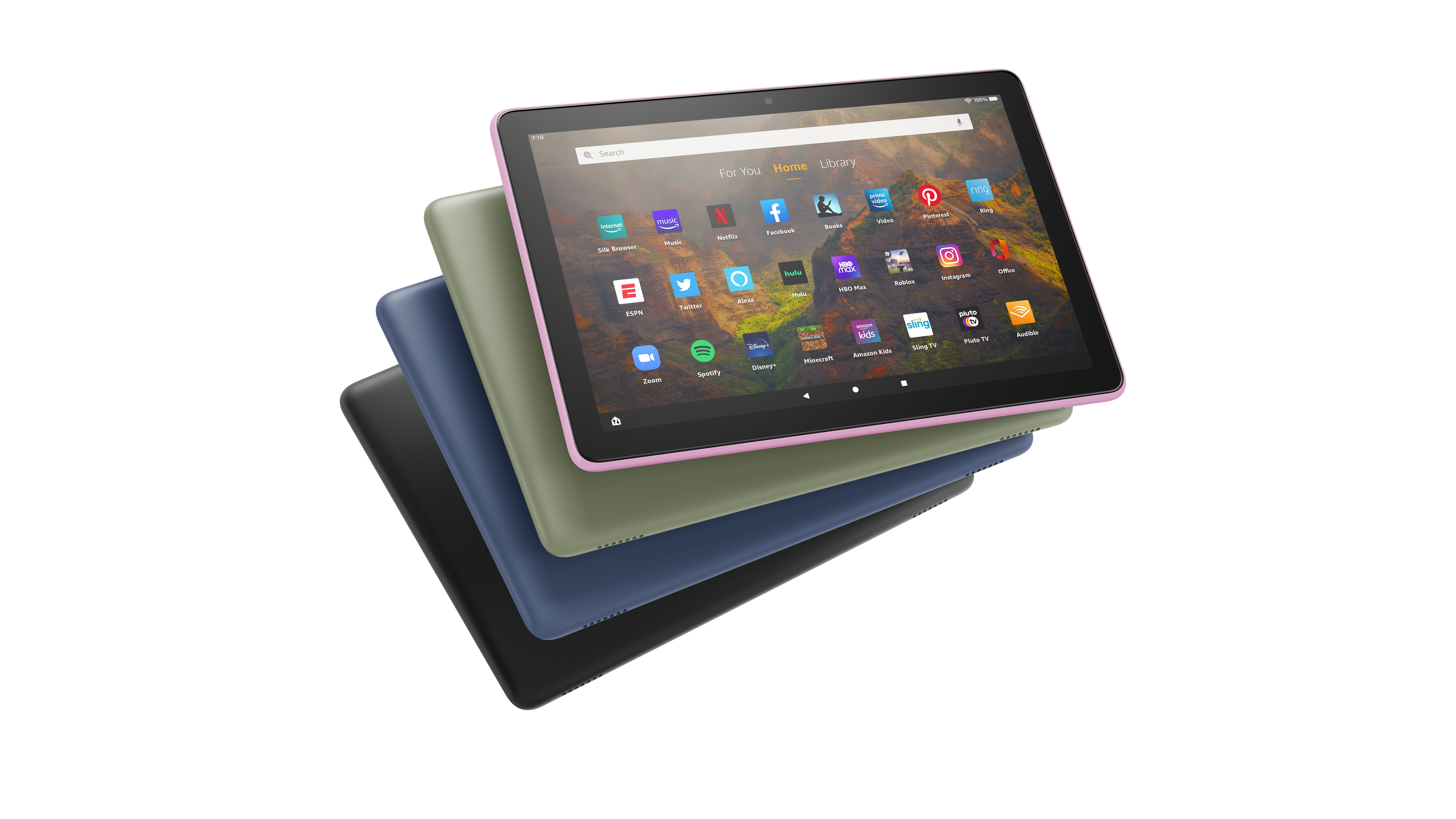 Amazon unveils new Fire tablets, including new kid-friendly models
Amazon unveils new Fire tablets, including new kid-friendly modelsNews Meet the thinner, lighter, and brighter Fire HD 10
-
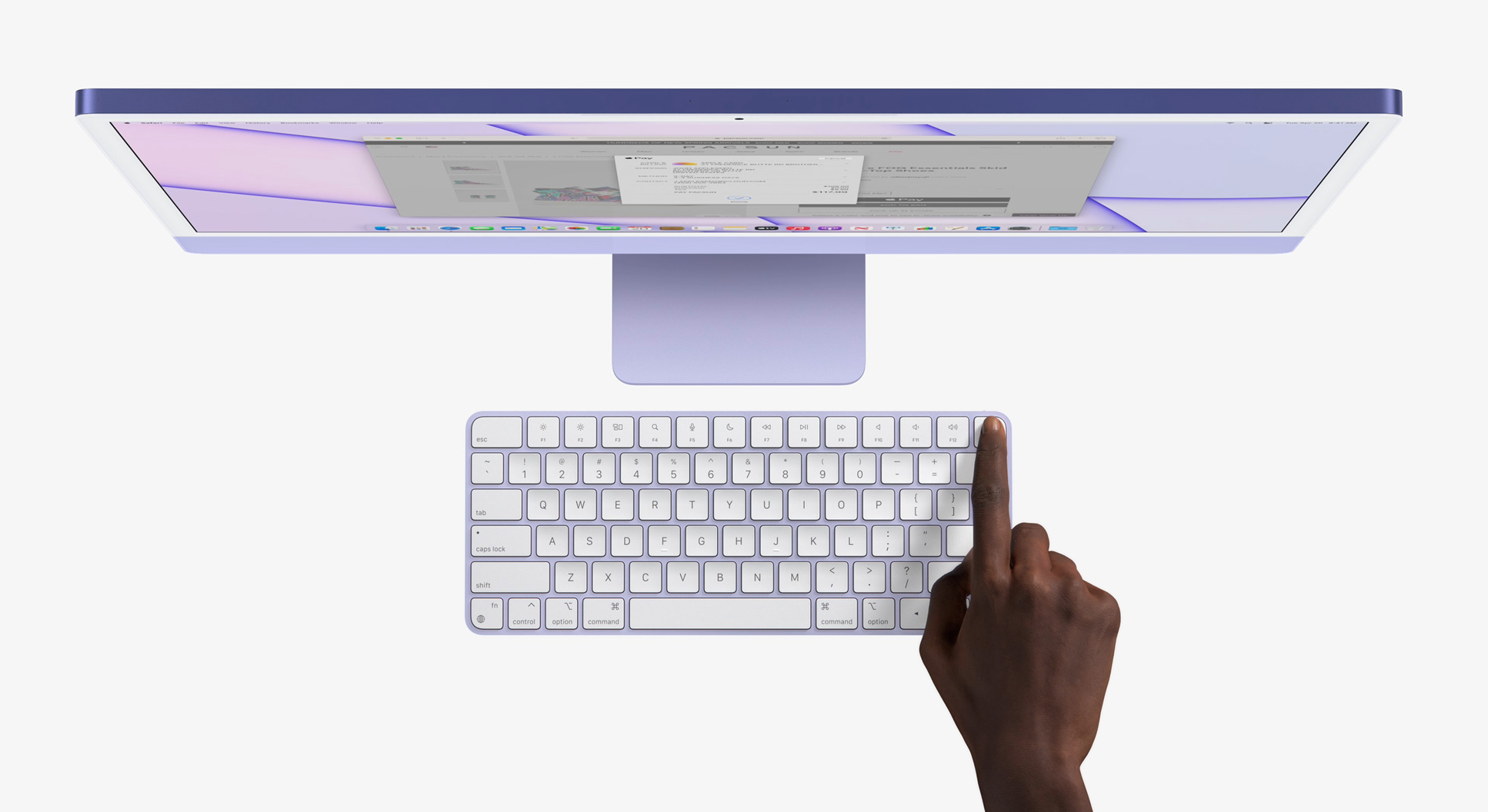 Apple unveils M1-powered iPad Pro and iMac at April 2021 event
Apple unveils M1-powered iPad Pro and iMac at April 2021 eventNews The new Apple Silicon hardware will be available to order from April 30
-
 iPad Air 2020 debuts with A14 Bionic chip and USB-C
iPad Air 2020 debuts with A14 Bionic chip and USB-CNews Apple touts its latest flagship tablet as the “most powerful” iPad Air ever
-
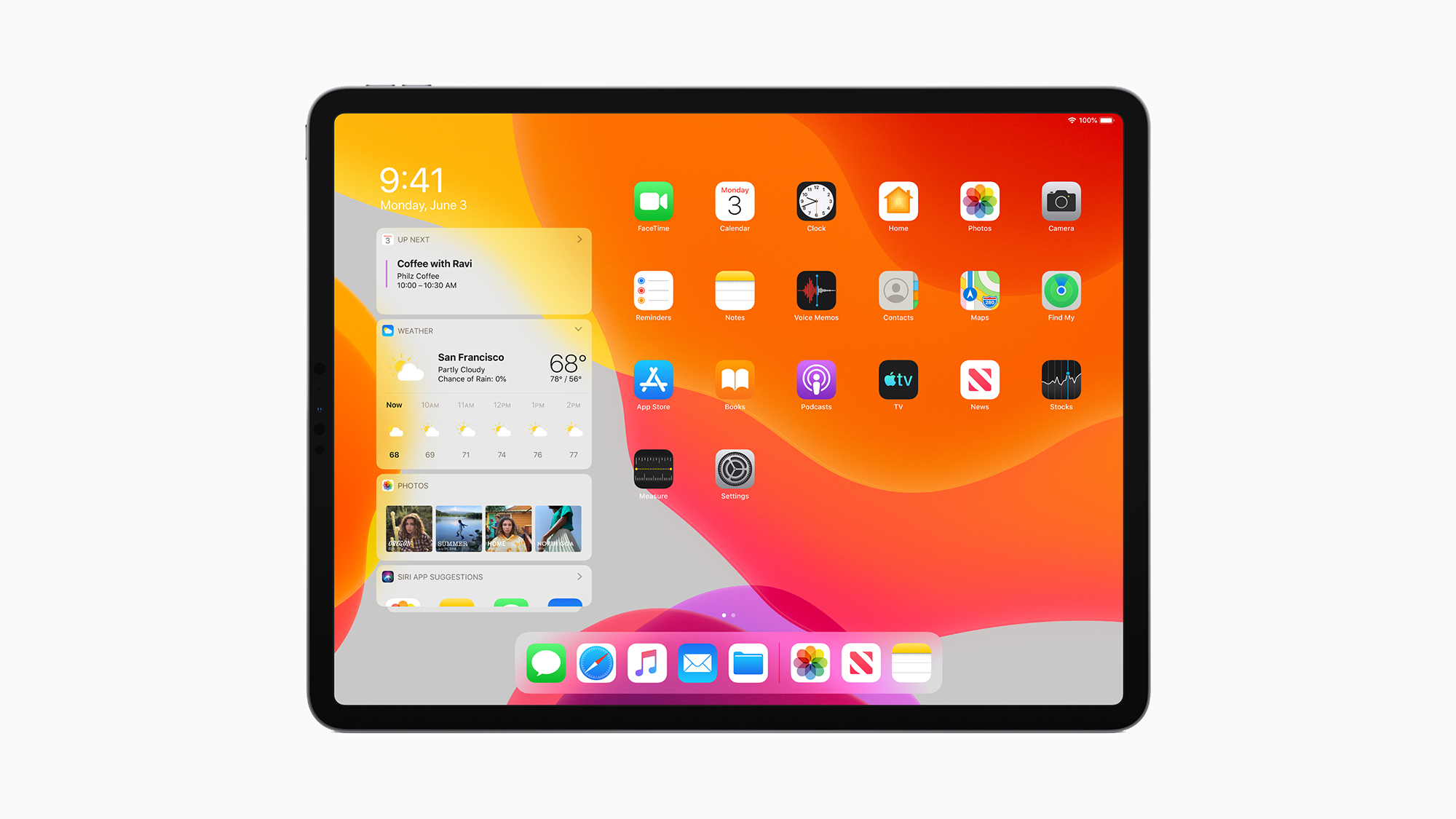 Apple reveals iPadOS at WWDC19
Apple reveals iPadOS at WWDC19News Cupertino's tablet range breaks free of iOS with new dedicated software
